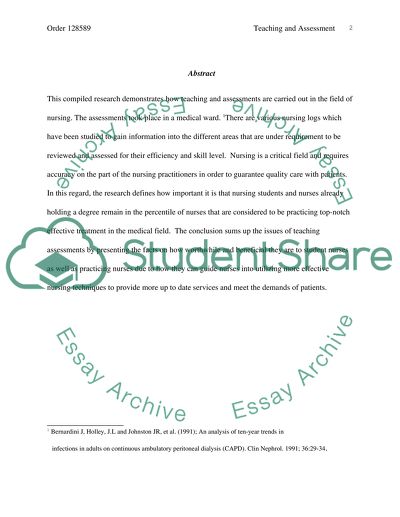Cite this document
(“Teaching and Assessing Assignment Example | Topics and Well Written Essays - 3750 words”, n.d.)
Teaching and Assessing Assignment Example | Topics and Well Written Essays - 3750 words. Retrieved from https://studentshare.org/health-sciences-medicine/1534754-teaching-and-assessing
Teaching and Assessing Assignment Example | Topics and Well Written Essays - 3750 words. Retrieved from https://studentshare.org/health-sciences-medicine/1534754-teaching-and-assessing
(Teaching and Assessing Assignment Example | Topics and Well Written Essays - 3750 Words)
Teaching and Assessing Assignment Example | Topics and Well Written Essays - 3750 Words. https://studentshare.org/health-sciences-medicine/1534754-teaching-and-assessing.
Teaching and Assessing Assignment Example | Topics and Well Written Essays - 3750 Words. https://studentshare.org/health-sciences-medicine/1534754-teaching-and-assessing.
“Teaching and Assessing Assignment Example | Topics and Well Written Essays - 3750 Words”, n.d. https://studentshare.org/health-sciences-medicine/1534754-teaching-and-assessing.


